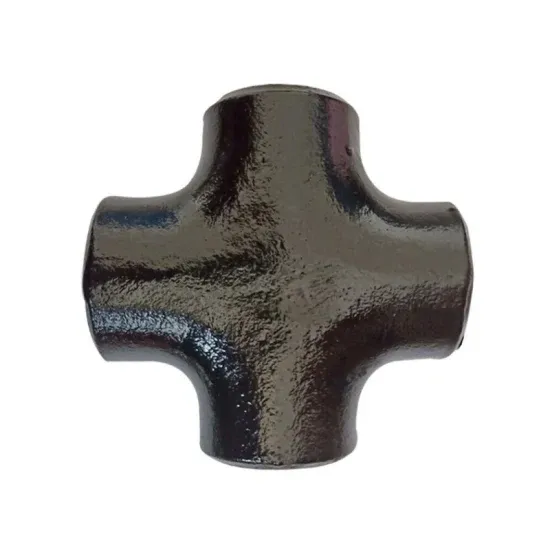-
Cangzhou Yulong Steel Co., Ltd.
-
Phone:
+86 13303177267 -
Email:
admin@ylsteelfittings.com
- English
- Arabic
- Italian
- Spanish
- Portuguese
- German
- kazakh
- Persian
- Greek
- French
- Russian
- Polish
- Thai
- Indonesian
- Vietnamese
- Zulu
- Korean
- Uzbek
- Hindi
- Serbian
- Malay
- Ukrainian
- Gujarati
- Haitian Creole
- hausa
- hawaiian
- Hebrew
- Miao
- Hungarian
- Icelandic
- igbo
- irish
- Japanese
- Javanese
- Kannada
- Khmer
- Rwandese
- Afrikaans
- Albanian
- Amharic
- Armenian
- Azerbaijani
- Basque
- Belarusian
- Bengali
- Bosnian
- Bulgarian
- Catalan
- Cebuano
- China
- China (Taiwan)
- Corsican
- Croatian
- Czech
- Danish
- Esperanto
- Estonian
- Finnish
- Frisian
- Galician
- Georgian
- Kurdish
- Kyrgyz
- Lao
- Latin
- Latvian
- Lithuanian
- Luxembourgish
- Macedonian
- Malgashi
- Malayalam
- Maltese
- Maori
- Marathi
- Mongolian
- Myanmar
- Nepali
- Norwegian
- Norwegian
- Occitan
- Pashto
- Dutch
- Punjabi
- Romanian
- Samoan
- Scottish Gaelic
- Sesotho
- Shona
- Sindhi
- Sinhala
- Slovak
- Slovenian
- Somali
- Sundanese
- Swahili
- Swedish
- Tagalog
- Tajik
- Tamil
- Tatar
- Telugu
- Turkish
- Turkmen
- Urdu
- Uighur
- Welsh
- Bantu
- Yiddish
- Yoruba

Aug . 27, 2024 18:28 Back to list
DIN 2527 PN16 Flange Dimensions - Comprehensive Guide
Understanding DIN 2527 PN16 Flange Dimensions
Flanges are integral components in piping systems, serving as crucial connectors between pipes, valves, pumps, and other equipment. Among the various standards for flanges, the DIN (Deutsches Institut für Normung) standards are widely recognized internationally for their dimensional accuracy and reliability. The DIN 2527 PN16 flange is one such standard, specifically designed to accommodate a range of applications in various industries.
What is DIN 2527?
DIN 2527 refers to a series of flanges that are predominantly used in non-piping applications. The designation 'PN16' indicates that the flange has a nominal pressure rating of 16 bar, making it suitable for medium to high-pressure applications. This standard flange is crafted from various materials, including carbon steel, stainless steel, and other alloys, ensuring compatibility with different environments, including chemical, oil and gas, and water applications.
Dimensions of DIN 2527 PN16 Flanges
The dimensions of DIN 2527 PN16 flanges are standardized, ensuring interoperability and ease of installation across different systems. Here is a breakdown of the critical dimensions typically associated with these flanges
1. Nominal Diameter (DN) The nominal diameter of DIN 2527 flanges typically ranges from DN 10 to DN 200. This range allows flexibility in selecting the appropriate size for specific piping requirements, ensuring efficient flow and pressure handling.
din 2527 pn16 flange dimensions

2. Bolt Holes The number of bolt holes varies with the diameter. Generally, larger flanges have more bolt holes to distribute the load more evenly. Typically, 4 to 8 bolt holes are standard on these flanges, with the bolt hole diameter commonly around 12 to 16 mm, depending on the DN size.
3. Flange Thickness The thickness of the flange also varies according to the size. For instance, a DN 50 flange may have a thickness of approximately 10 mm, while a DN 200 flange could measure around 20 mm thick. This thickness is crucial for maintaining integrity under pressure.
4. Gasket Surface The gasket surface of DIN 2527 flanges is specifically designed to create a tight seal when paired with the corresponding mating flange. The surface finishing ensures that the flange can endure harsh conditions without compromising the sealing ability.
5. Overall Dimensions Each flange type has specific dimensions that include outer diameter (OD) and inner diameter (ID), which are determined by its nominal size. For example, the OD for a DN 100 flange can be around 220 mm, while the ID is significantly smaller, accommodating the pipe diameter.
Conclusion
DIN 2527 PN16 flanges are a critical component in many industrial applications, providing reliable and standardized connections for piping systems. Understanding their dimensions and specifications is essential for engineers and technicians involved in the design and maintenance of these systems. As industries continue to evolve, the importance of adhering to these standards cannot be overstated, as they ensure safety, efficiency, and compatibility across various applications.
Latest news
-
ANSI 150P SS304 SO FLANGE
NewsFeb.14,2025
-
ASTM A333GR6 STEEL PIPE
NewsJan.20,2025
-
ANSI B16.5 WELDING NECK FLANGE
NewsJan.15,2026
-
ANSI B16.5 SLIP-ON FLANGE
NewsApr.19,2024
-
SABS 1123 FLANGE
NewsJan.15,2025
-
DIN86044 PLATE FLANGE
NewsApr.19,2024
-
DIN2527 BLIND FLANGE
NewsApr.12,2024
-
JIS B2311 Butt-Welding Fittings LR/SR 45°/90° /180°Seamless/Weld
NewsApr.23,2024











